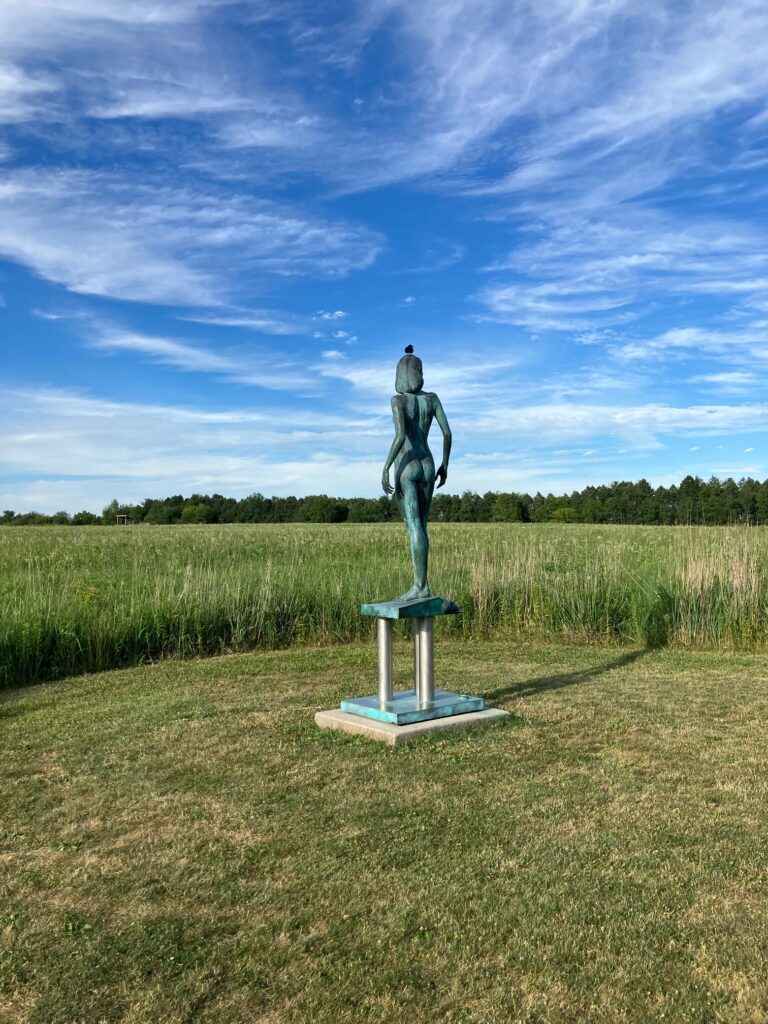Prairie is my new ocean
There was a time in my life when I tried to see the lake every day.
Then there was a time when we went to the ocean almost every week, not just high summer but way off season: early spring, late fall, Christmas Day.
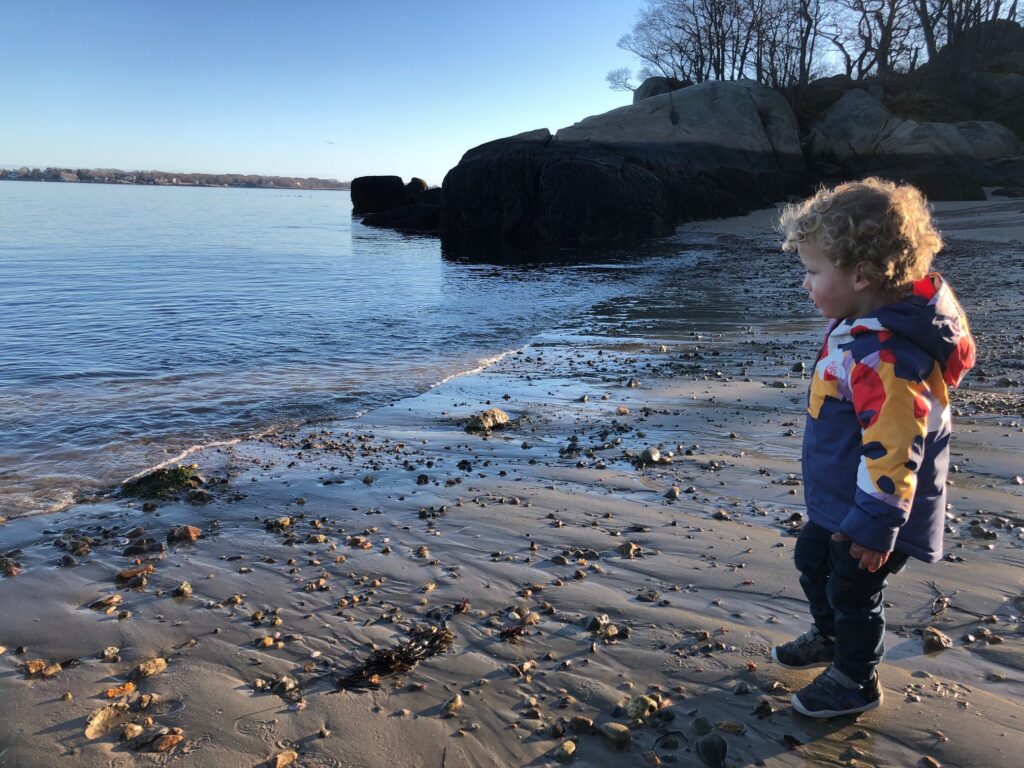
Even the two years I lived on a great plain, there was a river flowing through town, marking distinct boundaries. I crossed over it multiple times every day. It was my center of gravity.
I grew up surrounded by Great Lakes. My body syncs up with the flow of water to sea level. I want to be aware of all the currents.
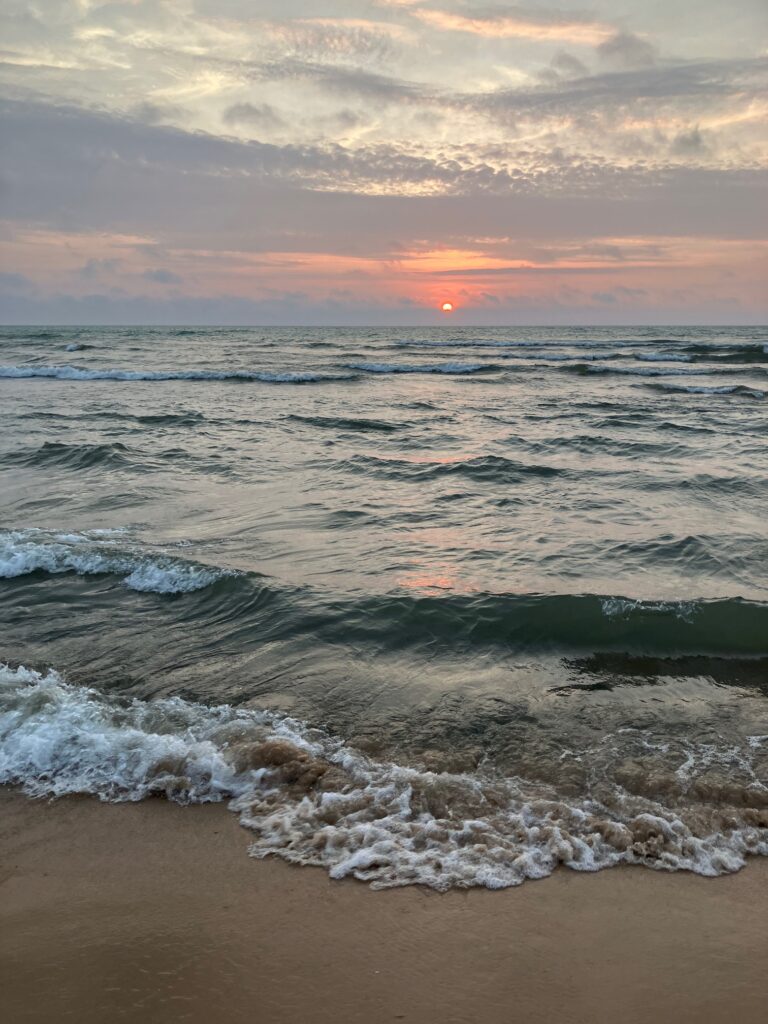
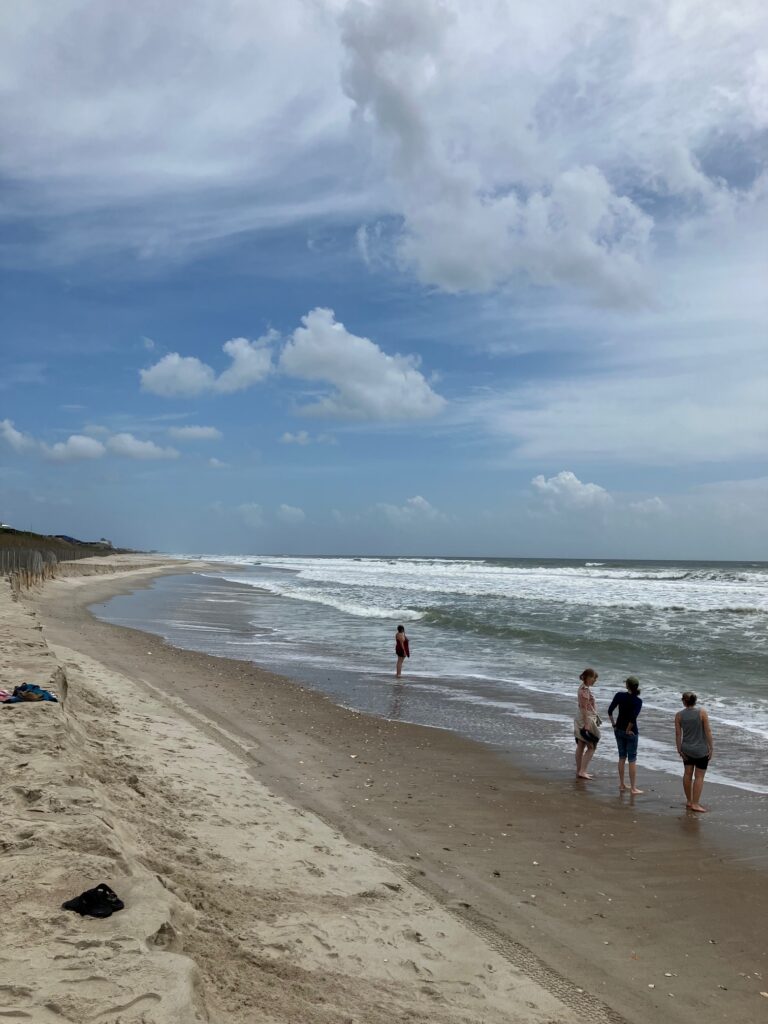
And now I live on a prairie.
Not a desert. It’s not like there is no water. But this is a great, flat land and I am very aware of the distance between me and the nearest major lake (150+ miles) and closest access to ocean (nearly 900 miles…and it’s a point on the New Jersey shore).
For the first time in my life, I am not in obvious proximity to a body or bodies of water, and it’s requiring a spacial – even spiritual – adjustment. I feel marooned.
Prairie – the word invites me, and no wonder. It’s French. Meaning: ‘meadow.’ Simple. But profound, when you think of the great swaths of land once covered by these massive grasses. Not just “grass,” as in tidy lawn but wild, stalky head-high waving foliage. A land ocean.
And in the same way I really didn’t have access to the Atlantic while I lived in Cambridge, MA (figure at least an hour of heavy traffic or a complicated train journey through dense urbanity) I really don’t have access to prairie here in Illinois.
An ecosystem dominated by grasses, rather than trees, prairie has been repurposed by generations of humans as farmland. Now mile squares of corn extend in all directions.
I’m not prepared yet to dig into the nuances of large-scale farming, but it’s fair to say cultivated fields – not tall grass meadows – are the dominant landscape feature in this place I now call home, and they are not naturally occurring.
Ocean, you can’t plow under. Grassland, not matter how vast and powerful, somehow has been. The Illinois blacksmith John Deere – you know the name? – developed a steel plow strong enough to cut through the deep roots of the prairie grasses, turning it into farmland. Less than one tenth of one percent of the original grassland remains. Much of that is tucked away in cemeteries or along railroad tracks.
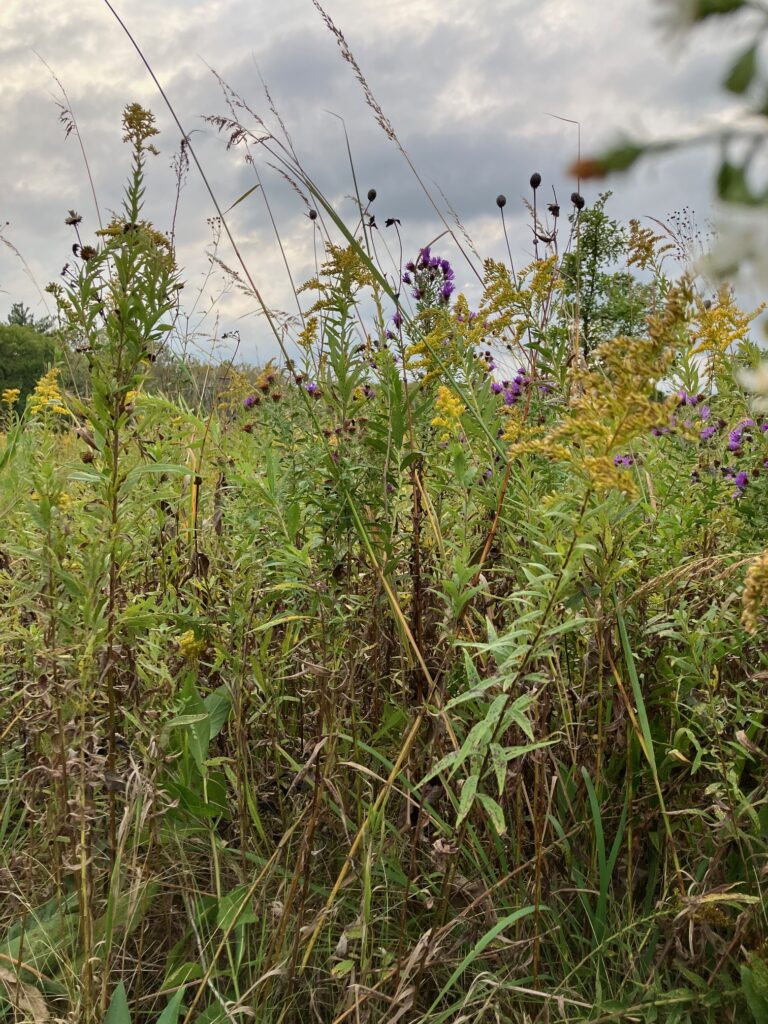
I live down the road from a tiny patch of prairie, in a city park, an “outpost of the Illinois native landscape,” they call it. It’s not original prairie, but rather regrown from a farm. Walking through, I think of it as a prairie aquarium. A little bit of what used to be this place, preserved.
Several large sculptures dot the park. One, a sculpture of a woman, is the spirit of the park for me, and perhaps also the prairie: she’s standing tall, one foot in front of the other, alert, looking toward the sunrise. She turned my head for the first time toward welcoming this place. Or allowing it to welcome me.
*
There’s a pond near my house. There’s a stream a mile away. I am hyper-aware of both of them.
The public aquatic centers around here are out of this world – kid pools! lazy rivers! water slides, even indoors! – as if the community is acknowledging the universal human need to submerge, even hundreds of miles from real shore.
And the view from the end of the street, where the pavement ends, looks for all the world like a view of the sea, especially at sunrise. Vast open stretch, layers of sky. Horizon, that representation of possibility, which is what I might have been looking for in the ocean all this time anyway.
Of course, water runs from the tap when I turn it on. Let me never forget that clean drinking water is a struggle for millions of people in this world.
And water pours from the sky.
I am adapting. Marvelously, in fact. I’m a little afraid I might be an invasive species.
And if I can politely side-step the jokes about corn, the sunsets here are wild.
